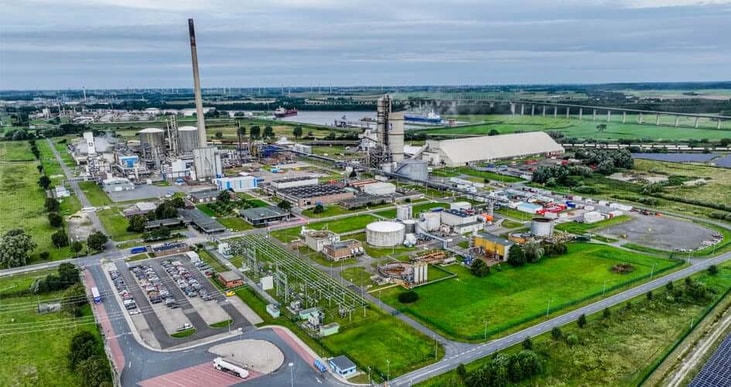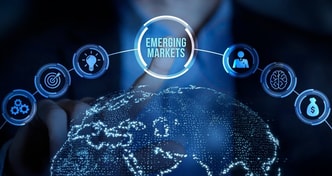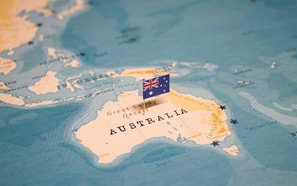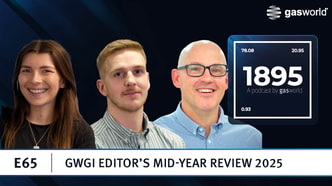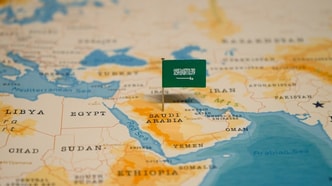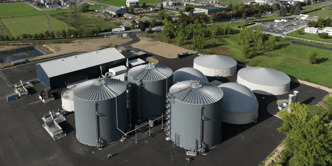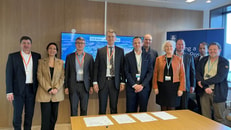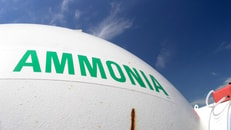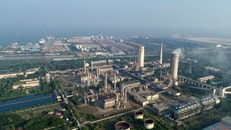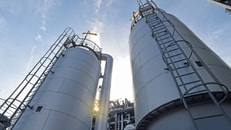Yara opens ammonia import terminal in Germany
Yara International has officially opened its ammonia import terminal in Brunsbüttel, Germany.
Located on the North Sea and Kiel Canal, it is positioned as an ideal hub for enabling the hydrogen economy in Europe’s largest economy.
With the new terminal, Yara has the infrastructure to enable imports of up to three million tonnes of low-emission ammonia to Europe annually.
... to continue reading you must be subscribed

